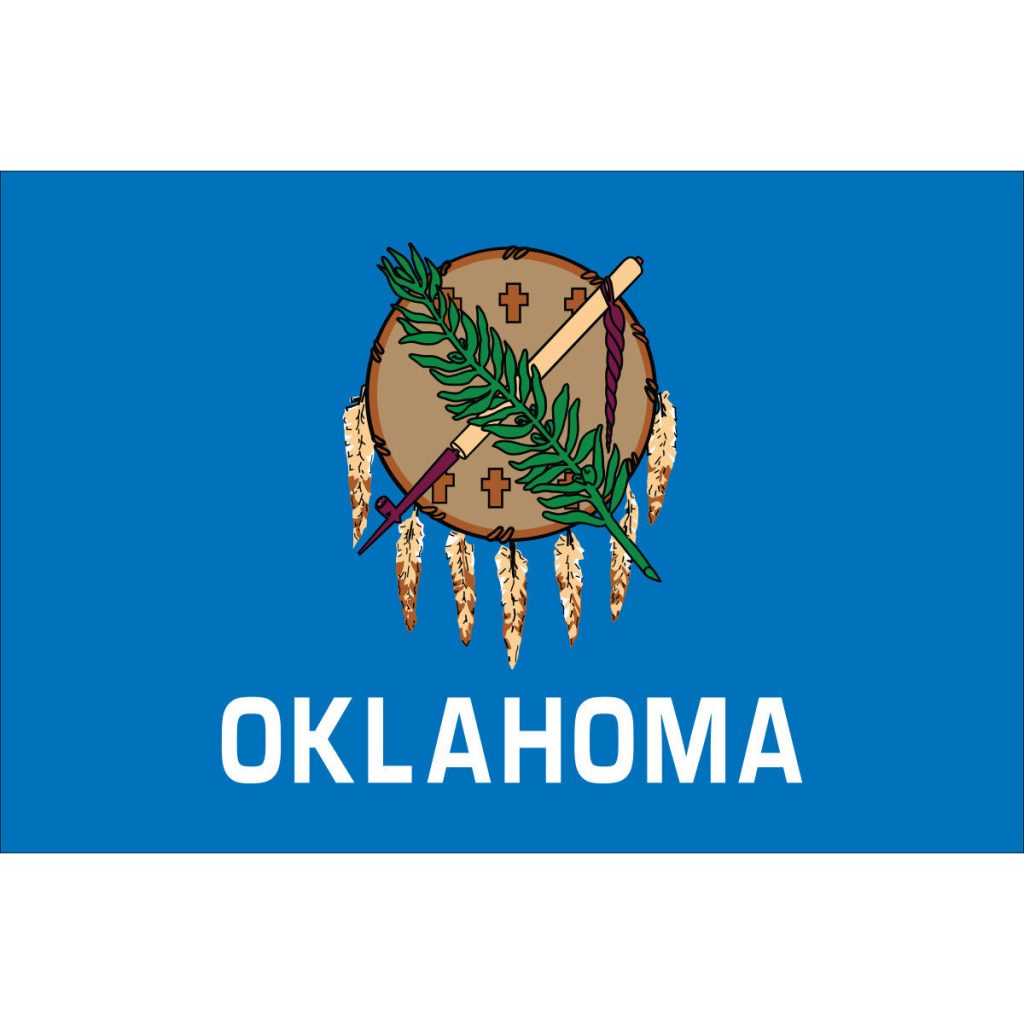Hundreds of residents in Weatherford, Oklahoma, were forced to evacuate their homes late on Wednesday evening after a tanker truck began leaking anhydrous ammonia in a hotel car park, releasing a dangerous plume of gas into the surrounding area.
Authorities confirmed that the incident left dozens of people suffering from respiratory distress and prompted widespread emergency measures across the town.
The leak was first reported shortly before 10pm, when emergency services were called to the scene. City officials stated at a press conference on Thursday morning that at least 36 individuals had been taken to hospital for treatment, while many more reported breathing difficulties.
By dawn, between 500 and 600 people had been moved into temporary shelters, with several nursing homes evacuated as a precaution. Schools across the town were closed for the day, and residents were warned to remain indoors until the air quality could be assessed.
Local law enforcement issued urgent warnings that the air in the vicinity was unsafe to breathe, advising those who had not been evacuated to shelter in place. Southwest Oklahoma State University also cancelled classes at its Weatherford campus, citing safety concerns for students and staff.
Officials reassured the public that the tanker was no longer releasing gas by Thursday morning, though monitoring of air quality continued throughout the day.
Anhydrous ammonia, the substance involved in the leak, is commonly used as a fertiliser to provide nitrogen for crops such as corn and wheat. While valuable in agriculture, it is highly hazardous to humans. Exposure to the gas can cause severe respiratory problems, and contact with the liquid form can result in chemical burns. Emergency responders at the scene were equipped with protective gear to manage the situation and limit further exposure.
The incident follows closely on the heels of another ammonia-related emergency in Mississippi last week.
An explosion at a plant north of Yazoo City caused a significant leak, forcing nearby residents to evacuate. The recurrence of such events has raised questions about the safety protocols surrounding the storage and transport of hazardous chemicals, particularly in populated areas.
Weatherford, a town of approximately 12,000 residents located 70 miles west of Oklahoma City, was left unsettled by the sudden disruption. Families were moved from their homes in the middle of the night, and vulnerable residents in care facilities were transported to safer locations. Authorities worked swiftly to provide shelter and medical assistance, but the scale of the evacuation highlighted the potential risks posed by industrial chemicals when accidents occur.
City officials expressed relief that the leak had been contained and that no fatalities had been reported. However, they acknowledged the seriousness of the incident and pledged to review safety measures to prevent similar occurrences in future. Investigations into the cause of the leak are ongoing, with both local and state agencies involved.
For residents of Weatherford, the episode served as a stark reminder of the dangers posed by hazardous materials in everyday life. While the immediate threat has passed, the community faces the task of returning to normality after a night of disruption and anxiety.



